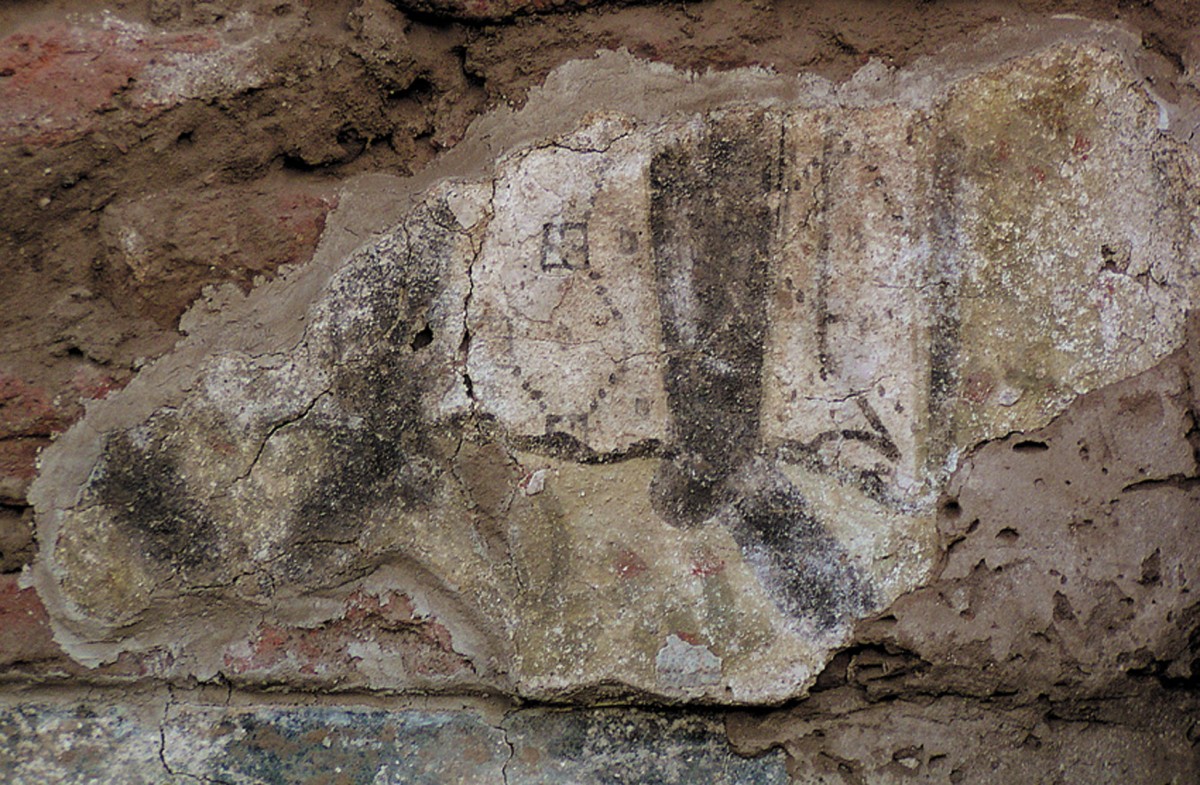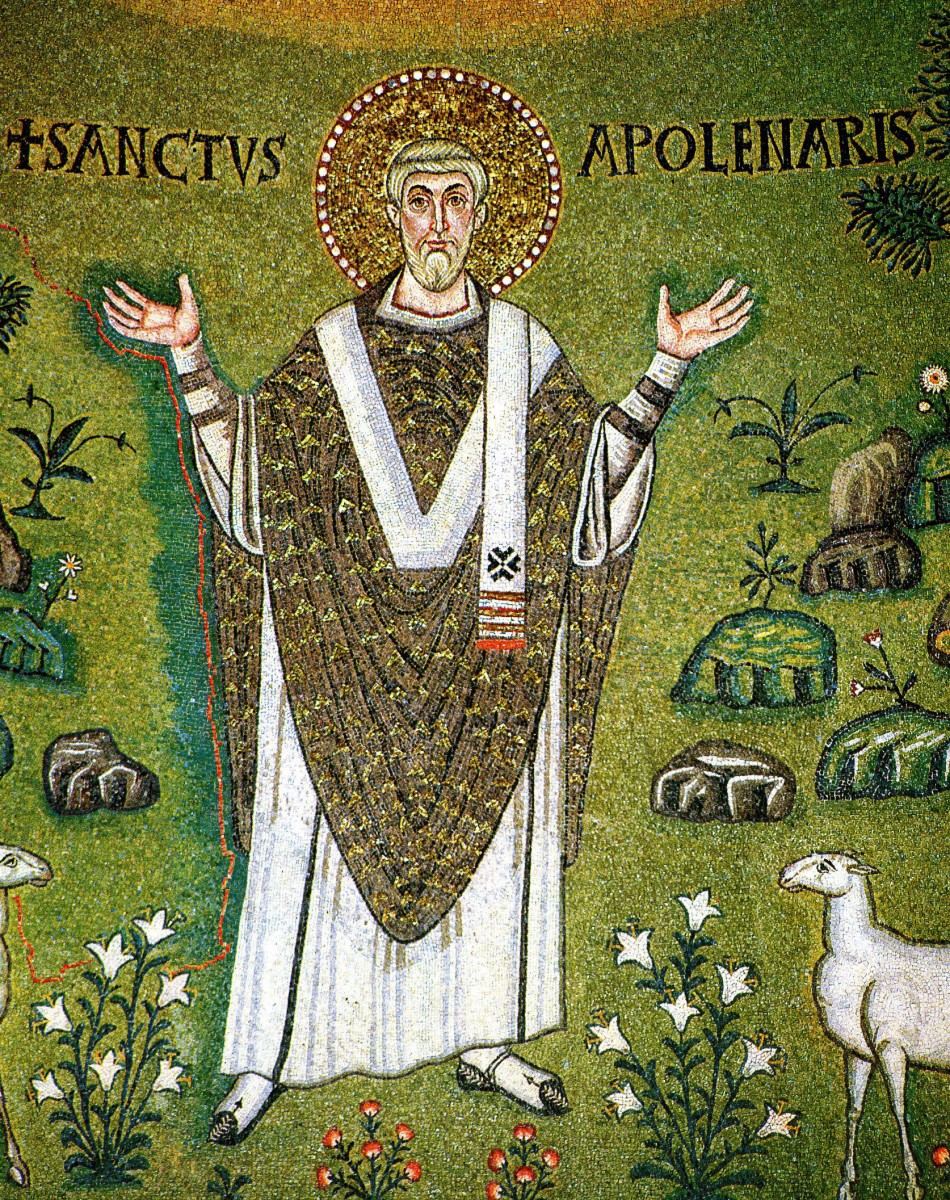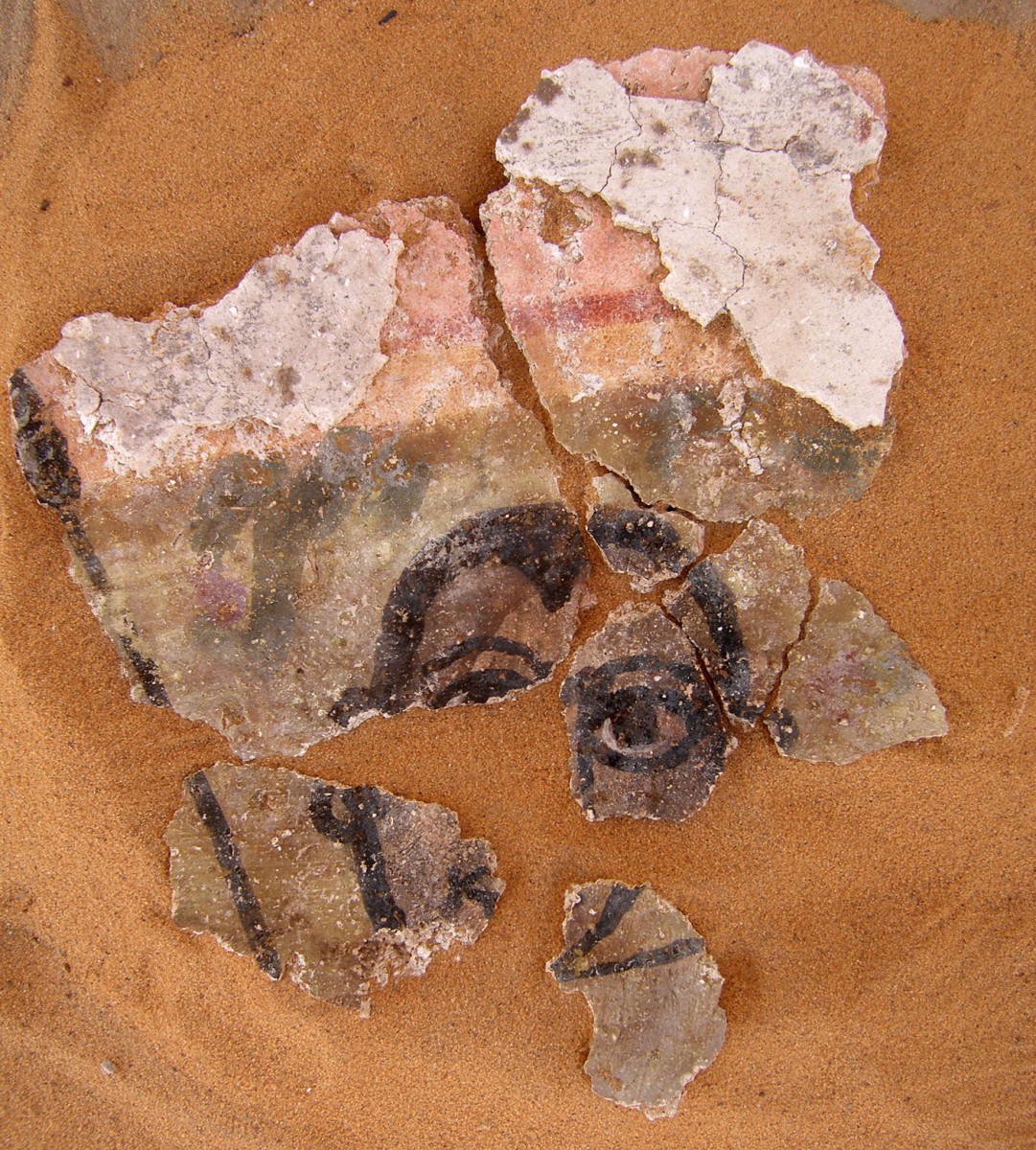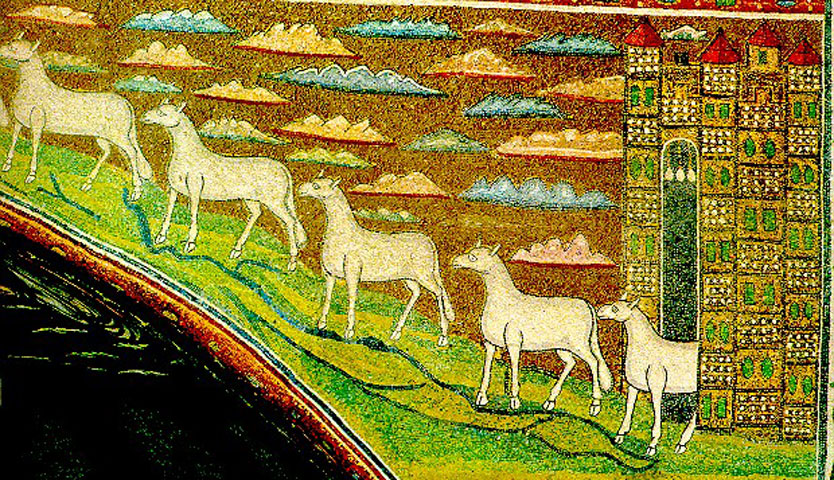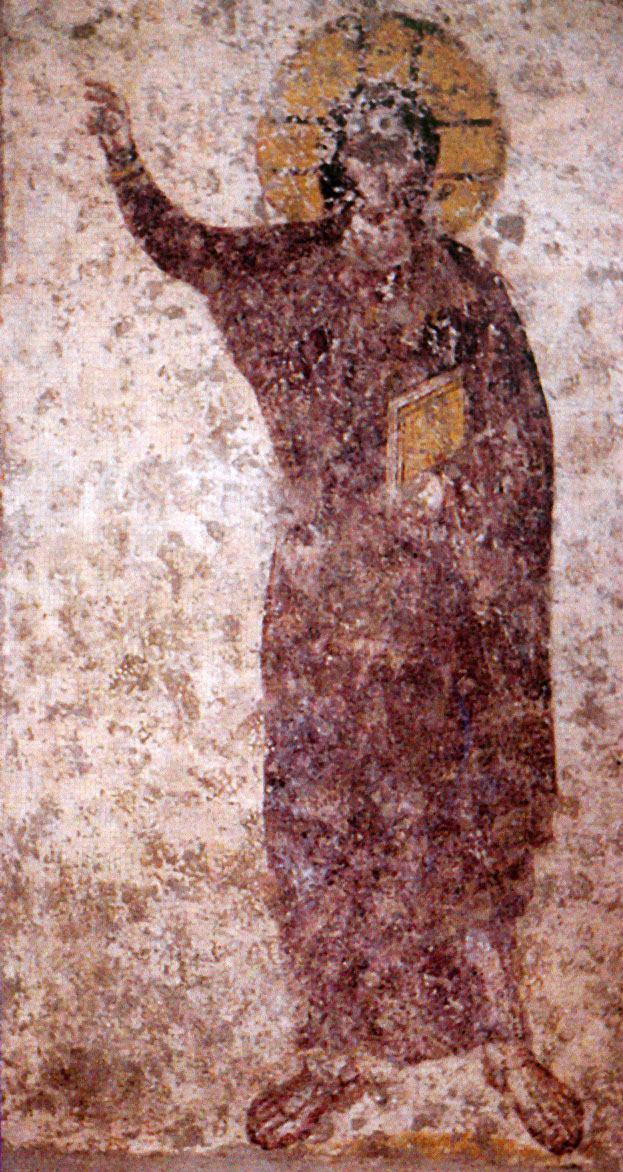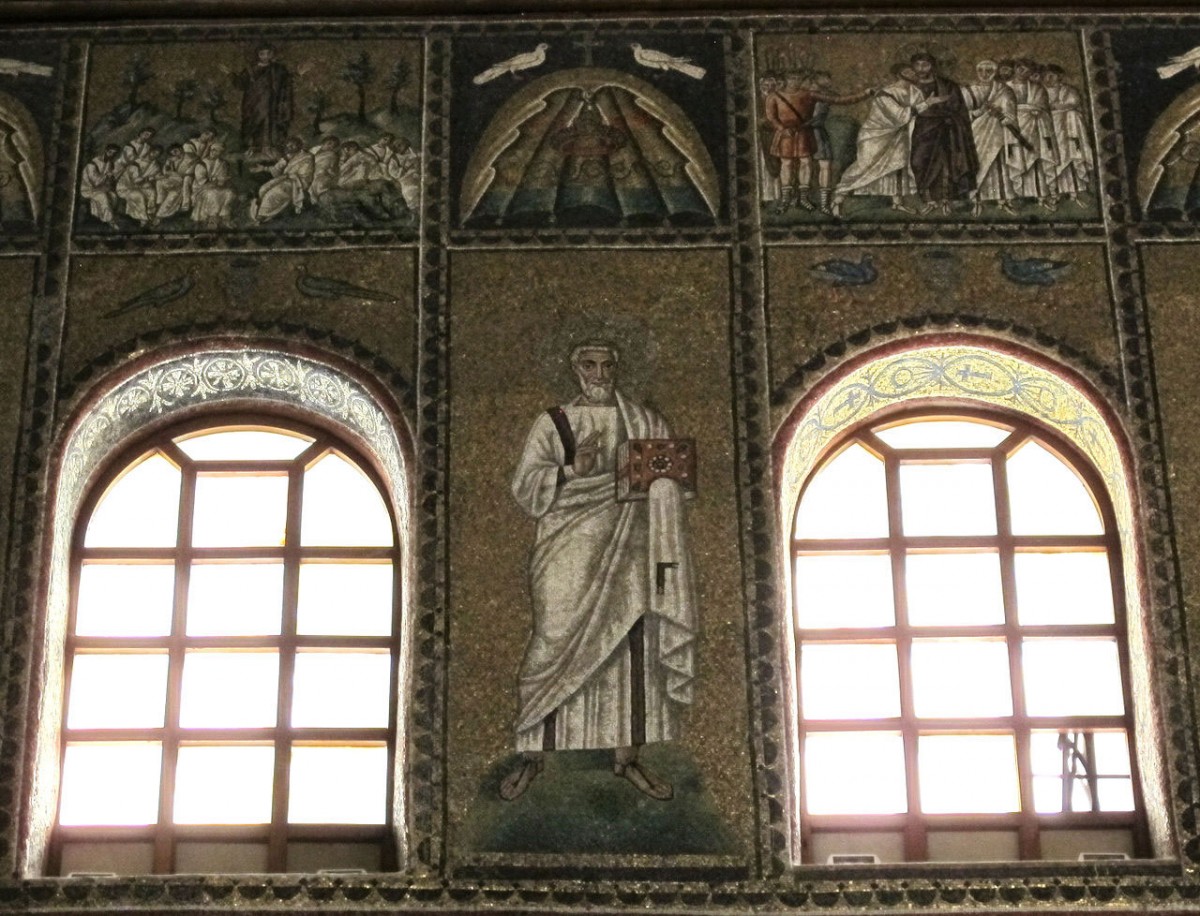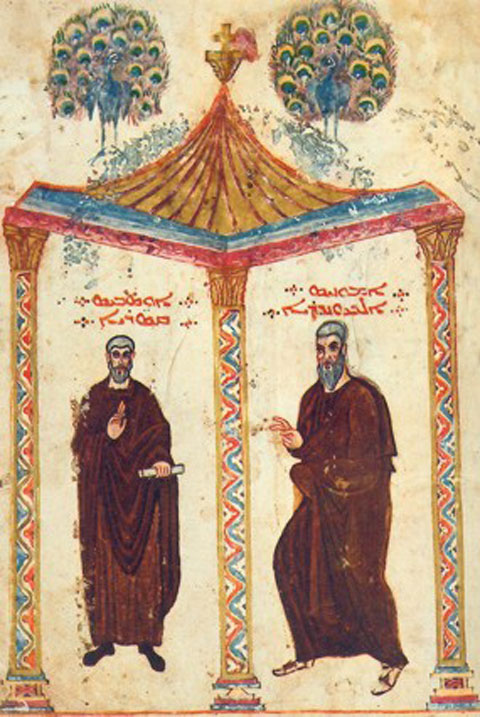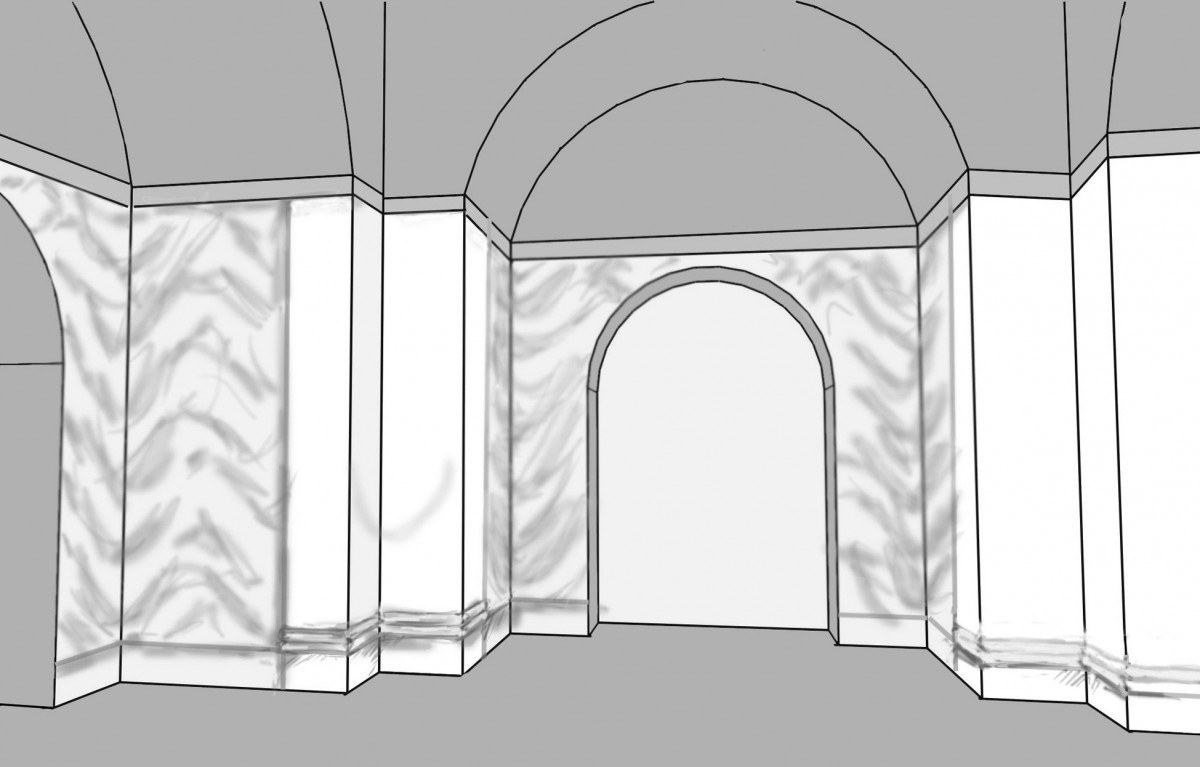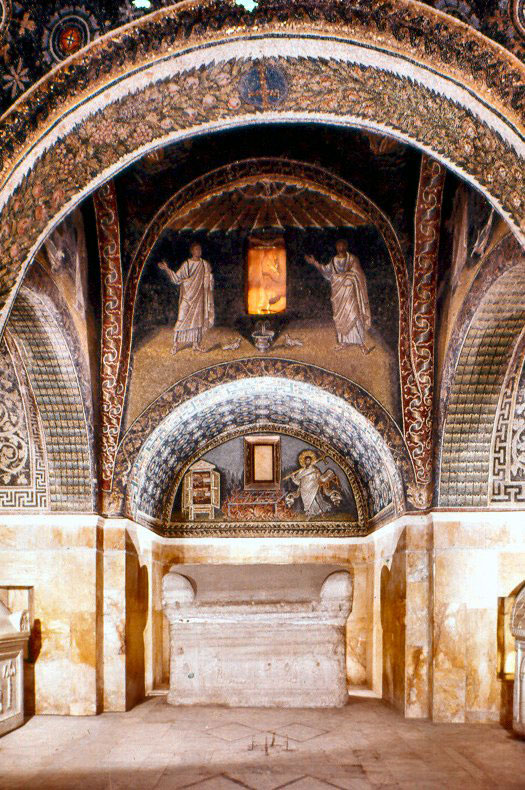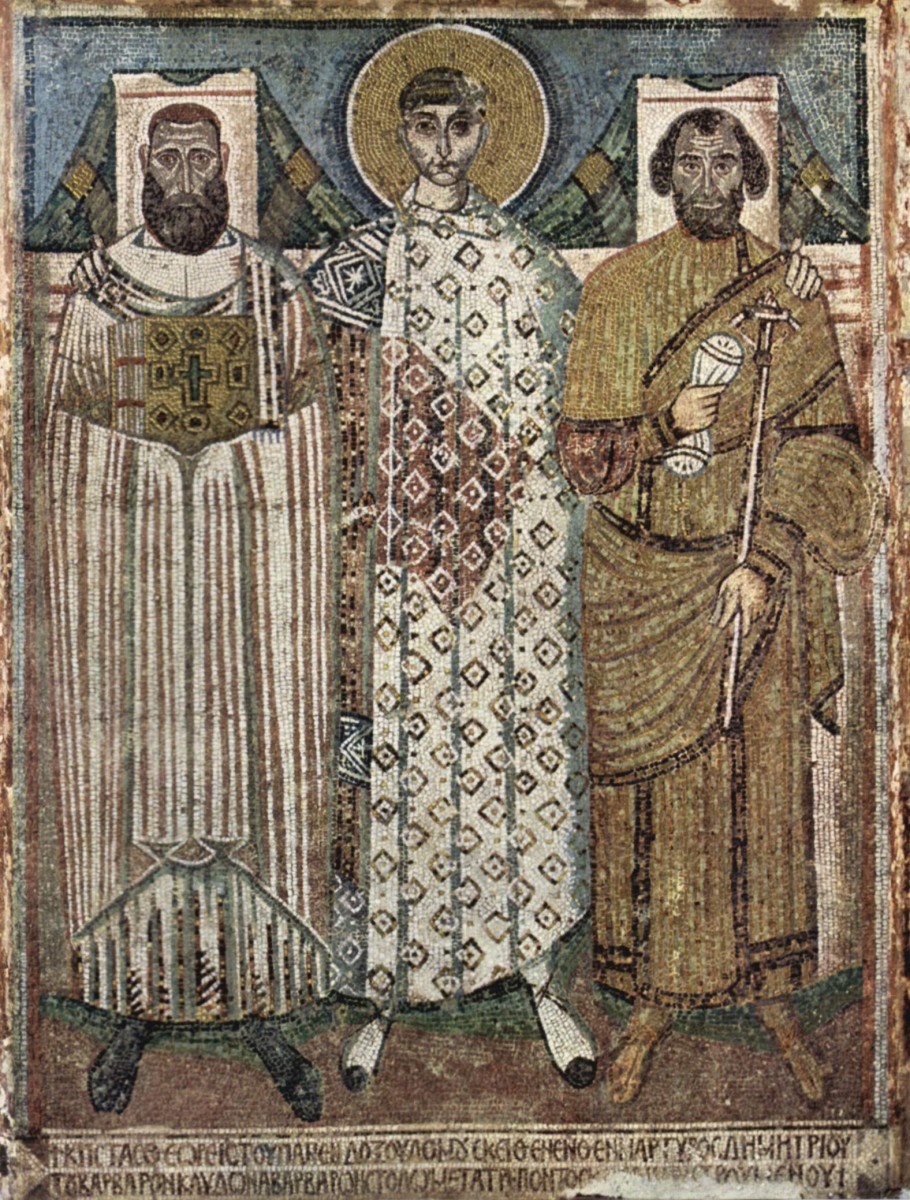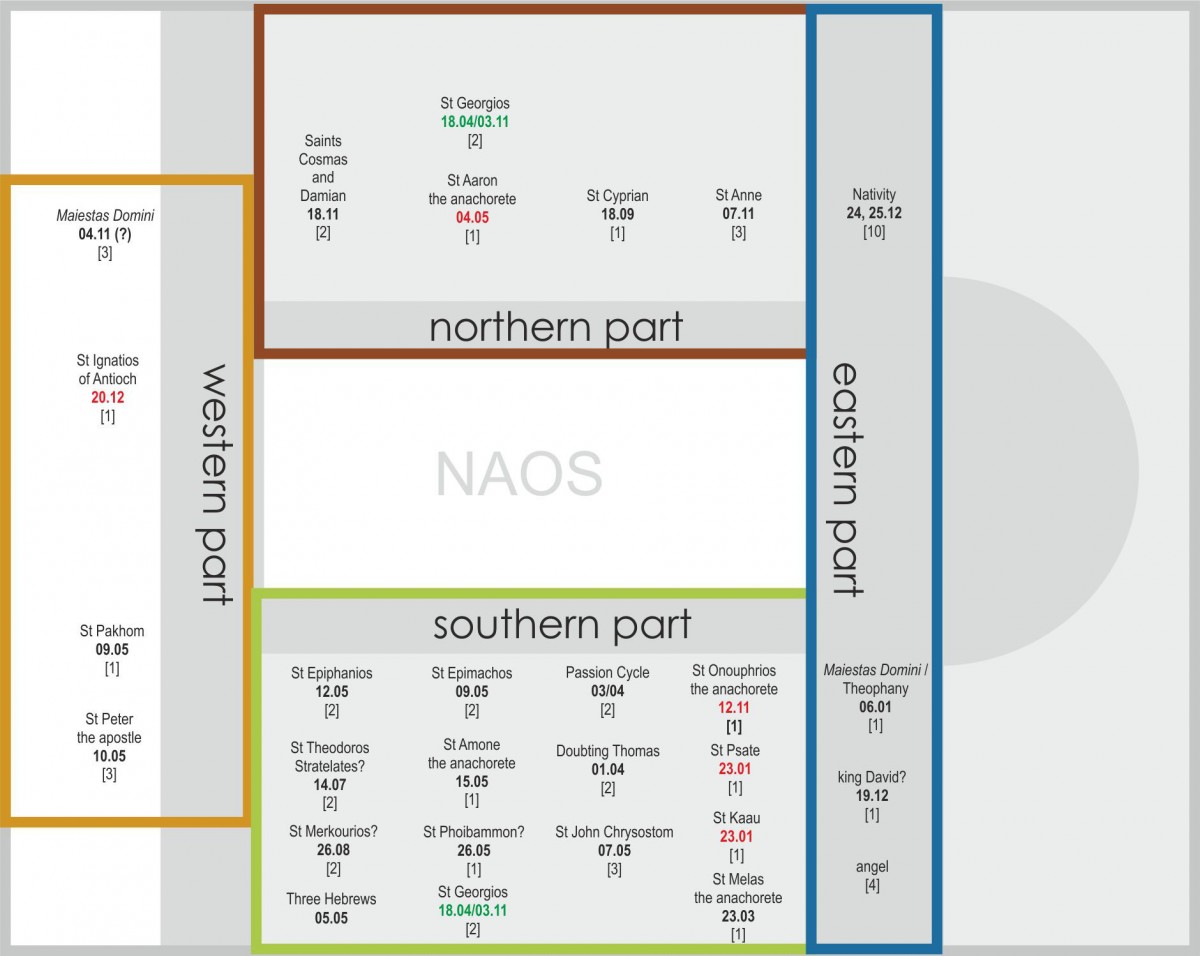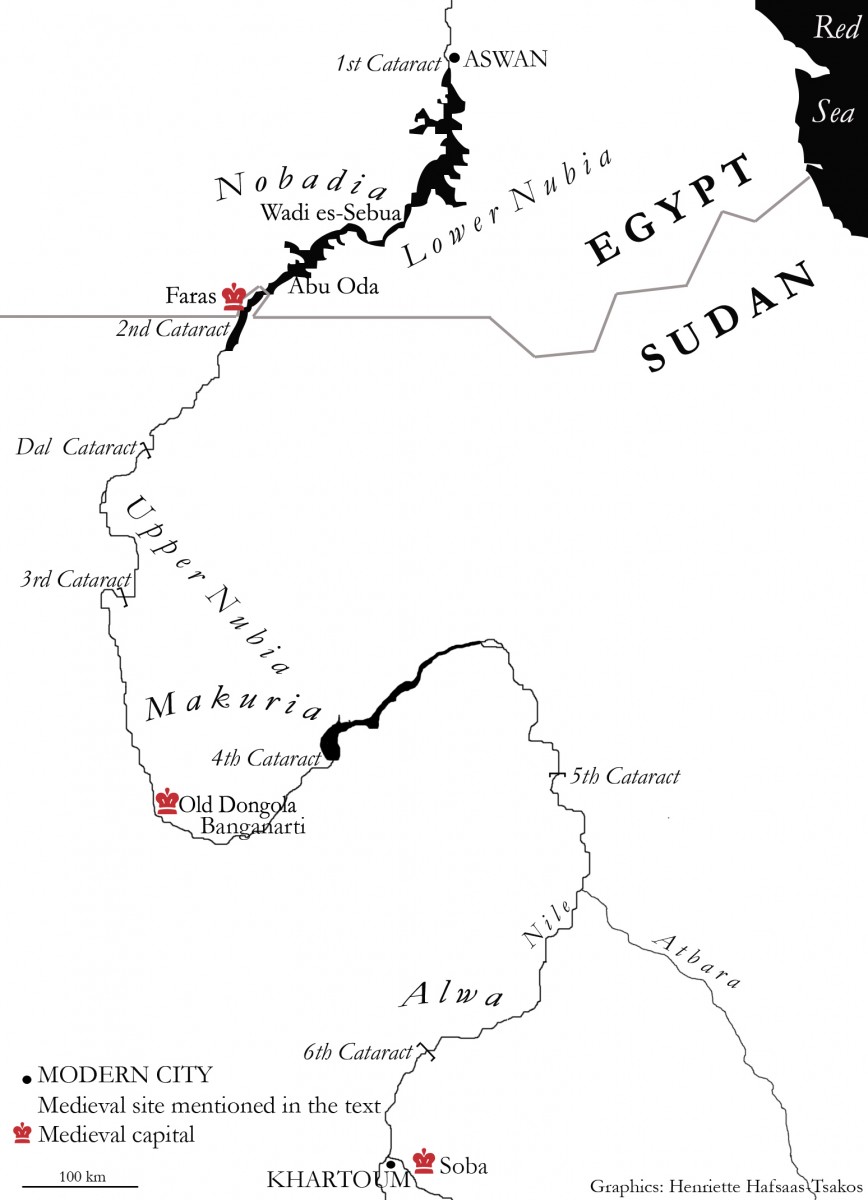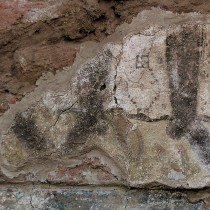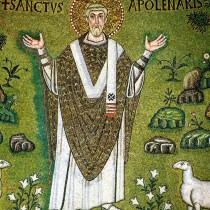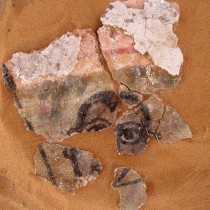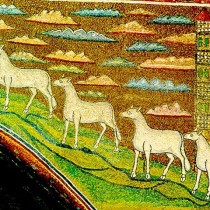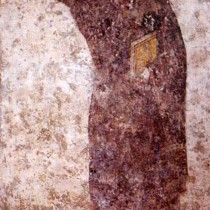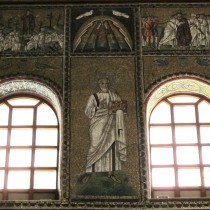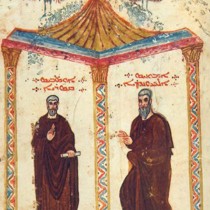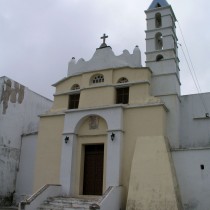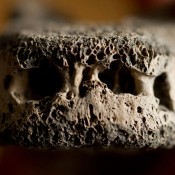The Christian Nubian culture was revealed to the scholarly world after the spectacular discoveries made by archaeologists during the Campaign for the Salvage of the Monuments of (Lower) Nubia in the 1960s. The monuments of Christian Nubia where wall paintings were preserved gained particular attention. They revealed masterpieces that challenged the interpretations and understanding of Nubian art. Although at first important research was conducted by specialists of Byzantine culture, studies on Nubian iconography from a Byzantinological perspective did not find continuation (note 1). After 50 years, since the beginnings of the new discipline named Nubiology (note 2), it is worth to revisit the reciprocal significance of the art of wall painting for the Nubian and Byzantine cultures.
To discover the scholarly value of the study of Nubian wall paintings, one should take into consideration some important facts from the early period of the history of the Nubian Christian kingdoms. This period concerns the centuries from the official conversion in the middle of the 6th century CE until the post iconoclastic period in Byzantium, starting in the 9th century CE.
The Nubian kingdoms were officially Christianised by the missionaries who were sent from the imperial court of Justinian and Theodora in Constantinople. Of course, it should be taken into consideration that both the Christian faith and its visual expressions had already entered Nubia (especially the northernmost kingdom of Nobadia) from neighbouring Egypt earlier. But it is widely accepted and quite securely proven that both the ritual and the artistic trends in the Nubian court were officially following the Byzantine patterns, as it can be seen, for example, in the use of the Greek language in the Nubian liturgy (note 3), or in the church architecture (note 4) and wall-painting decoration (note 5).
Almost immediately after the Christianisation of Nubia the political situation in the southeastern Mediterranean Sea changed dramatically. At the close of the reign of Justinian, the Persian Wars and the invasions of the Balkan Peninsula by the Slavs began. During the reigns of his successors these attacks increased and affected the foreign policy of the Eastern Roman Empire in general. Nearly 100 years after the Persian conquest of Syro-Palestine, Egypt was also lost to Persia and 10 years later to the Arab Empire. In a way, these events isolated the Nubian kingdoms from the rest of the Christian world until the 9th century.
The next significant historical phenomenon for the discussed topic is Iconoclasm. It has somehow formed our knowledge about the art of the Eastern Mediterranean in the period under consideration and its implications for Nubia are major. Since 726 CE, Iconoclasm took roots in Constantinople, where almost all forms of representational art (especially monumental art) were destroyed. This meant the loss of the artistic traditions from the earlier periods.
It should be emphasized that neither Egypt nor Nubia were involved in this movement (note 6). As a result of this situation, they became repositories of artistic creations of the earlier periods and the almost total lack of analogies from the area of the Byzantine Empire should be understood as a possible contribution from the Christian cultures of the Nile Valley to the understanding of the “lost” early monumental Byzantine art.
In this article one category of monuments of art will be taken under consideration as a new possibility of research of the pre-iconoclastic byzantine art – i.e. wall paintings discovered in Christian Nubia that can be dated to the early period of Nubian art, namely from the 7th to the 9th centuries CE.
The first examples of Nubian wall painting are dated in the first half of the 7th century. By that period, the two kingdoms of Nobadia and Makuria were already united (note 7). Makuria was the state that dominated in the Middle Nile Valley and its capital at Old Dongola became an artistic centre imposing official trends and ideas (note 8).
An important remark is that although the oldest preserved paintings were created 100 years after the Christianisation, both in concept and in style they still resembled art forms of the Justinian era, as it had survived in the following decades-centuries.
One can observe such similarities in the first phase of the decoration of the so-called Cruciform Building at Old Dongola (note 9). These scant remains probably represent the oldest known phase of Nubian (Makurian) wall painting (fig. 1). Differences in style between the treatment of the background (softly painted with various shades of colours) and the figures (graphic and “informative” in character) resemble the mosaic decoration of the apse in the church of Sant’Apollinare in Classe (fig. 2). Taking as an example the amazing colour of the sky in this mural, its depiction can be judged as impressionistic rather than semantic (fig. 3-4). At the same time, the «salmon/pinkish» colouring of the sky could also be considered as an imitation of the rainbow-coloured heavenly clouds, like the ones depicted in the conch of the apse in the church in Classe. There is no suggestion of course that there was a direct inspiration from the church of Sant’Apollinare in Classe for the Dongolese paintings. It is, however, interesting to observe the conceptual proximities in the manner of presenting different elements of representation as paradigms of the art of a particular era, and subsequently of a common language of artistic expression in a given region.
Similar features can also be seen in the wall paintings from the original decoration in the church at Abu Oda (note 10). On the basis of the representation of Christ from the ceiling (fig. 5), one can find similarities both with the respective compositions in the church of Sant’Apollinare Nuovo in Ravenna (fig. 6) and with details of style in the Sinai icon of John the Baptist, or even in the illuminations from the Rabbula Codex (fig. 7).
The similarities can be observed not only in style but also in the total concept of the decoration of the walls. In the aforementioned Cruciform Building at Old Dongola, the painted decoration of the second phase was divided in two zones. The zone of walls of the interior was covered by illusionistic imitations of curtains or marble slabs, while the zone of the vaults was decorated with floral motifs (note 11) (fig. 8). Such interior division of decorative space resembles the decoration of the Mausoleum of Galla Placidiain Ravenna (fig. 9).
As mentioned above, after the death of Justinian the Eastern Roman Empire got trapped in inner problems, and the financial crisis of the 7th century, along with the intense warfare limited the Byzantine maecenas activity in support of the arts. Especially the wars of the 7th century made the contacts between the Nubian kingdoms and the artistic and religious centres of Byzantium extremely difficult. This situation was undoubtedly a primal cause for the independent character of further development of the Makurian art.
Almost in the same period one can notice new tendencies in Nubian wall painting. For example, the paintings of the first phase of the decoration in the church at Wadi es-Sebua (note 12) show a markedly innovative style. The frontally depicted, simplified figures resemble the mosaics from the church of Saint Demetrius in Thessaloniki (the only examples of monumental art known from this period in Byzantium, showing the changing style of the Byzantine art of that time, note 13) (fig. 10). These new tendencies clearly wish to give a hieratic character to both single figures and entire compositions.
In turn, this means either that there was still some contact between Makuria and the Byzantine Empire, or that there was now more room for stronger influences coming from neighbouring Egypt.
Faras Cathedral, the best known monument of Nubian wall painting, has preserved the largest set of paintings of this style, dated to the beginning of the 8th century. The new style of representation has limited the decorative elements to the most basic ones, giving to the depiction the character of an icon, a symbol or a sign. In the case of the representations of saints, for example, the elements of their appearance have no personal features, in other words they were not portraits, but the identification of the figure was achieved by the strong value placed on the attributes of each one (like the shape of the beard or the key of saint Peter), but first of all it was defined by the accompanying legend.
This “hieratic” manner of representation seems to have been somehow obligatory for the art of the entire 8th century. The turning point for these tendencies was the introduction in the 9th century iconographic programme of the portraits of Nubian dignitaries, like the portrait of bishop Kyros (the oldest known with preserved face) (note 14). The faithful onlookers knew the persons portrayed, therefore there arose the need for more individualistic representations and for a stronger realistic treatment of the painted person so as to be correctly identified with the known dignitary.
The iconoclastic crisis that occurred in this period is a key factor for understanding many aspects of the iconography of Nubian wall painting. Of particular interest is the study of the iconographic programme of the church interiors. On the one hand, the destructions caused by the Iconoclasts deprived us from close analogies to judge the details of Nubian iconography. On the other hand, in Nubia itself, where the Iconoclastic controversy never reached, this was a period when both the original Nubian style and the function of the decoration in the Nubian churches – in other words, the iconographic programme – were fully established. After the 8th century, the Nubian churches will follow consistently the same system of decoration until the end of the 14th century. The most important aspect of this system was the ordering of all representations, both of saints and of narrative scenes, in the naos of the church according to the dates of the liturgical calendar (note 15).
This hypothesis has been tested against most of the surviving iconographic material and should be considered by now as quite well proven (fig. 11). The “festival cycle” for the iconographic programme has also been identified (by Otto Demus, note 16) in Byzantine churches, but it only concerns churches of cross in square plan dated to the 12th century. The fact, that such a system can be observed in Nubia in churches dating from earlier periods offers valuable guidelines for studies of the iconographic programme of the Byzantine churches too.
Moreover, the existence of the «festival cycle» as an iconographical programme in Nubian church decoration means either that it was used in the Byzantine churches before Iconoclasm or that it is an independent invention. Egyptian influence in this respect can be excluded, since the “festival cycle” was not used there.
Apparent similarities between Nubian and Egyptian mural art, suggested by several scholars concern only certain representations. A characteristic example is the Nativity scene, popular in both Egyptian and Nubian iconography (note 17). But while in Egyptian painting it was always part of the Christological cycle, in Nubian church decoration it was an independent composition having fixed location in the church interior according to its position in the calendar as well as to its particular symbolic value (note 18).
The choice between the Byzantine roots or the Nubian invention of the “festival cycle” is not that easy. The Byzantine pre-iconoclastic influences are difficult to determine because of the discussed lack of the Byzantine examples of the pre-iconoclastic era. But the fact that Nubian kingdoms apparently followed the new trends in Byzantine art and that the arrangement of the painted decoration of the naos according to the liturgical feasts appeared more or less at the same time, i.e. in the last moment before the birth of Iconoclasm, can suggest that such an idea was also brought from Byzantium.
At the current state of research −lack of monuments and texts on the iconography from the pre-iconoclastic period– it remains rather difficult to pass on a final judgment about the veracity of such hypotheses. Nevertheless, the Byzantine elements already identified in Nubia, either of linguistic or artistic nature, and the historical explanations in combination with the latest discoveries in the field of studies of Nubian wall painting, corroborate the suggestion that the „festival cycle” in Nubian iconographical programme has Byzantine roots linked with the period of the Christianization of Nubia. Such an understanding could subsequently also help develop valuable theories for the pre-Iconoclastic mural art in the Eastern Roman Empire in general.
Dobrochna Zielińska, University of Warsaw
* This text was initially presented at the 22nd International Congress of Byzantine Studies which was held in Sofia (Bulgaria) between the 22nd and the 27th of August 2011.
